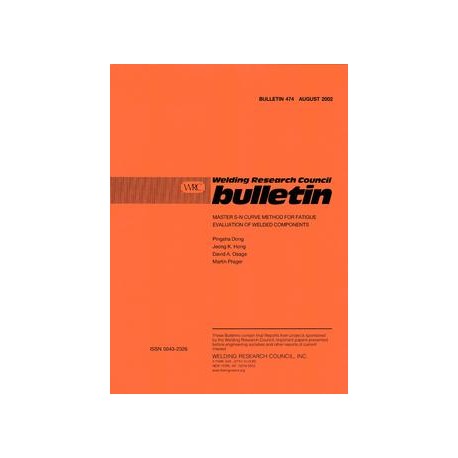Cart 22 Product Products $1,003.15 (empty)
-
 1 x GB/T...$29.04
1 x GB/T...$29.04 -
 1 x ISO...$71.28
1 x ISO...$71.28 -
 1 x ASME...$107.80
1 x ASME...$107.80 -
 1 x FORD BHX$15.40
1 x FORD BHX$15.40 -
 1 x API Std 672$103.40
1 x API Std 672$103.40 -
 1 x ASME...$110.88
1 x ASME...$110.88 -
 1 x SAE AIR 1083B$34.32
1 x SAE AIR 1083B$34.32 -
 1 x PIP CTSE1000$66.00
1 x PIP CTSE1000$66.00 -
 1 x GB/T...$48.40
1 x GB/T...$48.40 -
 1 x GB/T...$82.76
1 x GB/T...$82.76 -
 1 x ISO...$19.80
1 x ISO...$19.80 -
 1 x ISO...$8.36
1 x ISO...$8.36 -
 1 x AS/NZS...$32.03
1 x AS/NZS...$32.03 -
 1 x AASHTO T...$26.84
1 x AASHTO T...$26.84 -
 1 x UNE-ISO/TR...$26.40
1 x UNE-ISO/TR...$26.40 -
 1 x ISO...$29.92
1 x ISO...$29.92 -
 1 x AASHTO T...$5.28
1 x AASHTO T...$5.28 -
 1 x WRC 012$18.48
1 x WRC 012$18.48 -
 1 x ASME...$22.44
1 x ASME...$22.44 -
 1 x PIP CTSC1000$50.60
1 x PIP CTSC1000$50.60 -
 1 x CII FR-344$88.00
1 x CII FR-344$88.00 -
 1 x IEC...$5.72
1 x IEC...$5.72
No products
To be determined Shipping
$1,003.15 Total
Product successfully added to your shopping cart
Quantity
Total
There are 22 items in your cart. There is 1 item in your cart.
Total products $1,003.15
Total shipping To be determined
Total $1,003.15
New Reduced price!  View larger
View larger
 View larger
View larger WRC 474
M00000570
New product
WRC 474 Master S-N Curve Method for Fatigue Evaluation of Welded Components
Bulletin / Circular by Welding Research Council, 2002
P. Dong, J. K. Hong, D. A. Osage, M. Prager, Ph.D.
In stock
More info
Full Description
Fatigue design rules for welds in the ASME Boiler and Pressure Vessel Code are based on the use of Fatigue Strength Reduction Factors (FSRF) and a Code-specified fatigue design curve generated from smooth base metal specimens without the presence of welds. Similarly, Stress Intensification Factors (SIF) that are used in the ASME B31 Piping Codes are based on component S-N curves with a reference fatigue strength based on straight pipe girth welds conducted by Markl et al in 1950s. Typically, the determination of either the FSRF or SIF requires extensive fatigue testing to take into account the stress concentration effects associated with various types of component geometry, weld configuration, and loading conditions. As the fatigue behavior of welded joints is being better understood, it has been generally accepted that the difference in fatigue lives from one type of weld to another is dominated by the difference in stress concentration. However, general finite element procedures are currently not available for effective determination of such stress concentration effects. This is mainly due to the fact the stress solutions at a notch (e.g. at weld toe) are strongly influenced by mesh size and element type at and near a weld, which are a result of the notch stress singularity.In this document, some of the recent rapid developments in mesh-insensitive structural stress methods are presented. Their applications in consistently characterizing stress concentration effects at welds are demonstrated using a series of selected examples. With fracture mechanics considerations, an equivalent structural stress parameter is then presented, with which a master S-N curve approach can be formulated. The structural stress method and the master S-N curve was used to re-evaluate the S-N test data ranging from Markl et al in 1950s, to those by Heald and Kiss on nuclear piping in 1970, to the most recent piping weld S-N data by Scavuzzo et al in 1998. The major findings are as follows:
1) The mesh-insensitive structural stress method provides a simple and effective mean for characterizing stress concentrations at vessel and pipe welds.
2) The structural stress based parameter provides an effective measure of stress intensity at welds, which can be related to fatigue lives in the form of equivalent structural stress parameter.
3) With the equivalent structural stress parameter, a large amount of weld S-N data processed can be reasonably consolidated into one narrow band. A single master S-N curve for vessel and piping welds is proposed based on a comprehensive assessment of existing data in the literature dated back to 1940s.

